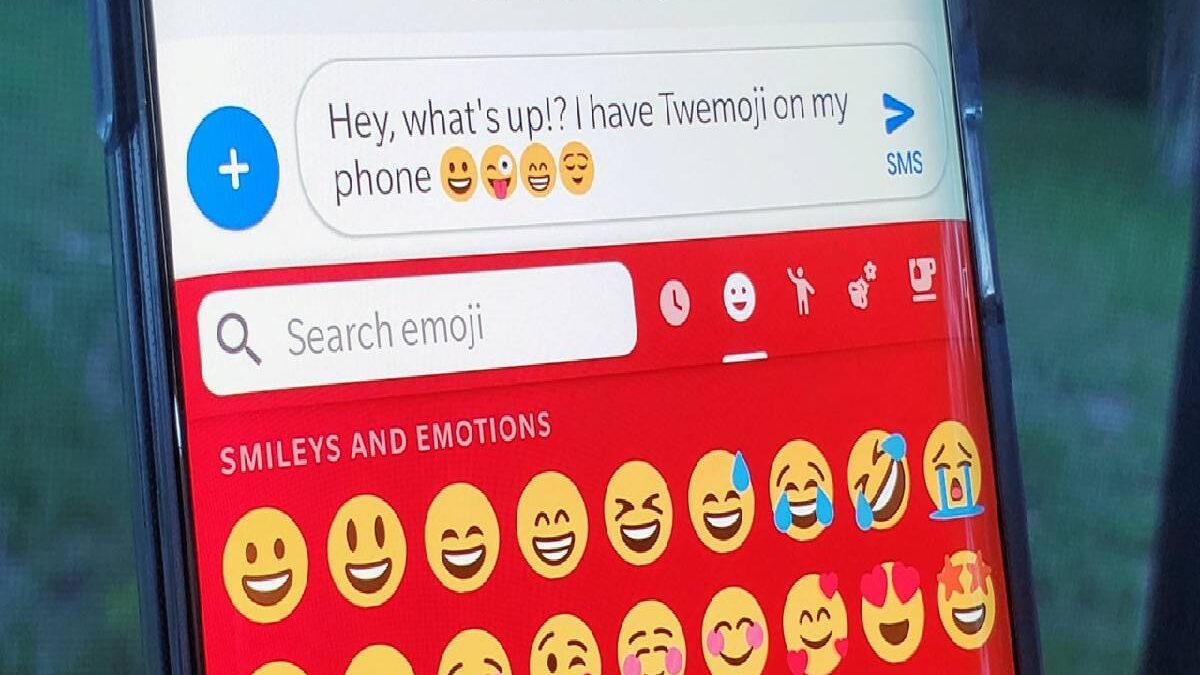In version 4.4 of Android, a novelty drew attention: the Google keyboard (it is no longer AOSP) had integrated emojis.
For those who do not know, the emojis are these little drawings of faces, animals, houses, and anything strange that comes to mind that we usually use in messaging applications.
But from this modification of the Google keyboard, we can already put emojis in any application, not only in those with it somewhere (such as WhatsApp or Hangouts).
Swiftkey has also announced that it will incorporate them into its keyboard.
The emojis that have built-in into the Android keyboard are those that were already in Hangouts.
The funny thing is that we can put these emojis in applications that, in principle, do not support these special characters, such as Twitter or Facebook.
The reality is that they do help them, of course, but the matter deserves a somewhat more in-depth treatment.
Table of Contents
A brief history of emojis
- The emojis come from Japan. It means pictogram, the “e” is for drawing, and “moji” is the letter. That is, a picture to express something.
- The origins are ancient, between 1998 and 1999, and the inventor incorporated them into NTT DoCoMo’s i-Mode network .
- At first, they were 12×12 pixel drawings and were sent with two bytes in a particular encoding within Unicode . Initially there were 176 symbols, and then 72 more were added.
- When they began to copy them, each provider transmitted them differently; that is, there was no compatibility between emojis. And here we are before an essential fact of it.
- Maybe some people think that they are ASCII drawings replaced by a drawing at the operating system level, but no, they are characters such as letters and numbers.
Emojis and Unicode
- In the middle of the last decade, emojis began to leave Japan.
- And two companies, Apple and Google, are pushing to standardize Unicode, Which is an international standard
- It is responsible for the representation of writing characters from most languages in computer systems.
- The emoji standardization process was slow. It started in 2007, and until Unicode version 6.0, from 2010, it wasn’t ready.
- But they are already inside Unicode. And there are 772 emojis within Unicode, next to nothing. What does this mean? Well, on the one hand, they are ideally identified in coding and meaning.
- When we send a text over the Internet, each letter has a position in the Unicode table, and depending on the encoding; it transmits in a specific way.
- Emojis, being in Unicode, can also be sent, and any computer system should understand them.
- One of the most common ways to encode is UTF-8, which encodes the most common characters with one byte (such as letters) and the less common with more bytes.
- In emojis, they encode with four bytes if it not well represent in an operating system.
- They do not have the standard font used by the system, said characters implemented. It is as if someone sends us something in Chinese or Japanese.
- Our computer understands that it is a Unicode character, but if we do not have the Chinese or Japanese fonts installed, we will not see them well.
Emojis on Android
- Along with the new Google keyboard came the new emojis on Android. Some emojis much better than those that were in black and white (of an Android, for that matter, the faces) in previous versions.
- Now they are more colorful and with a beautiful design. Any application should support these icons, although, for example, in Chrome, they do not look good.
- And what is the compatibility of previous versions of Android? Well, somewhat limited. Inversions before 4.4, we can find the emojis in black and white.
- But if we go back a lot, we may find that they are not supported at all, and we will only see blank squares or only a small set of emojis is supported.
- For you to see an example, in IBtimes, they did many tests of sending emojis by SMS between different Android and iPhone terminals results are fascinating. Until Android 4.4 spreads.
- Further, we could have problems communicating with it.
- It is also interesting to see a list of all the emojis supported in Unicode and their native implementations (it depends on which operating system you enter.
- You will see something different) on the old Android write for us , iPhone, and others. Very interesting to see the complete list of emojis.
- By the way, some manufacturer customizations bring with them a change of emojis, so Hangouts emojis may differ from those we see in other applications.
Android 10. Emoji
- Google has started the rollout of its most recent OS update, Android 10.
- Its most recent Android rendition presents the most recent emoticons like a flamingo and hard of hearing individuals while executing some long-see impartial plans.
- The update highlights 236 emoticons new to Android: 230 from the 2019 emoticon list.
- In addition to six minor banners from Emoji 1.0 showing up interestingly.
- Moreover, almost 800 existing emoticon plans alter in Android 10, with more than 300 of these progressions made for the sake of a more impartial show.
- The gender-inclusive appearance of these emojis is more consistent with how the Unicode Consortium defines many emojis (without gender specified).
- These changes also remove the need to choose a specific gender when sending an emoji, such as a police officer, runner, or surfer.

